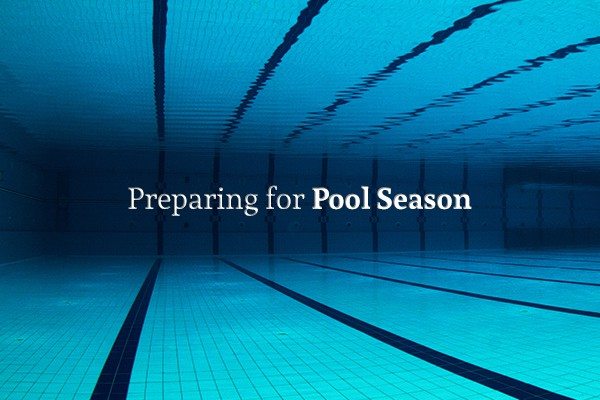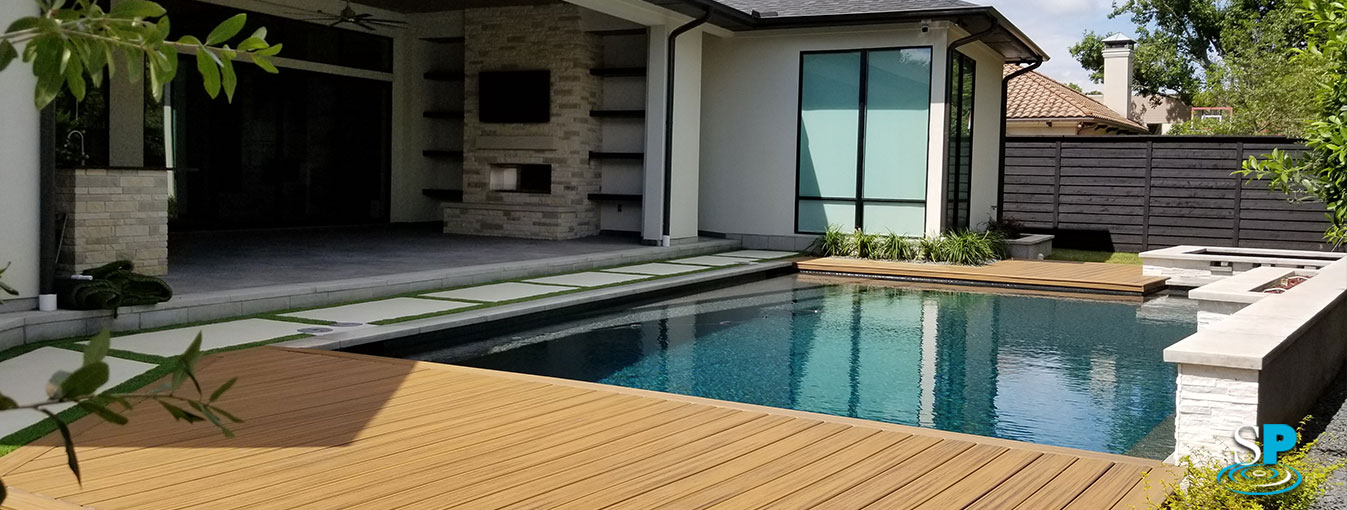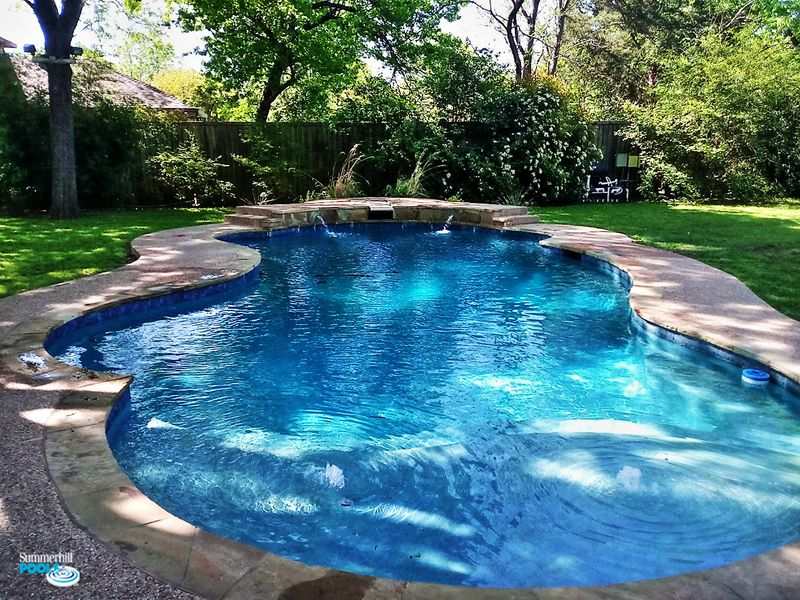 Summer is quickly approaching, which means that pool season is right around the corner! Wondering what steps you need to take to ensure that your pool is ready for summer? Here is a thorough guideline to help you achieve a successful and fun-filled season:
Summer is quickly approaching, which means that pool season is right around the corner! Wondering what steps you need to take to ensure that your pool is ready for summer? Here is a thorough guideline to help you achieve a successful and fun-filled season:
Proper Pool Preparation Steps
Clean Your Pool: It is important to begin your preparations with a good cleaning. Take off the pool cover and make sure you remove any leaves and debris to ensure that when you run your filters, they’re not going to get clogged.
Clean Your Filter and Check For Damage: Don’t neglect cleaning out your filter! Remove debris from the filter cartridge itself and run it underwater for a few minutes to get rid of any leftover residue. If you have a sand filter or a DE filter, make sure you backwash and recharge it appropriately before running it. This will ensure that your pool’s water will be properly filtered and effectively remove any remaining contaminants in the water.
Rebalance Your Pool’s Chemistry Levels: If your pool’s water is looking a bit low, make sure you refill it. Once your pool’s water level is correct, run the filter and the pump for at least 24 hours. This will remove any remaining debris from the water. Next, shock your pool to kill any nasty bacteria that may have made your pool their home during the winter. Allow the shock to work its magic for 24-48 hours before testing and rebalancing your pool’s water. Trying to rebalance your pool too early in the process will render the shock ineffective and cause you to have to go through the process all over again.
Pro Tip: Are you unsure if your water is at the correct level? No worries! You can take a sample of your pool’s water to a local pool supply store (or better yet, to Summerhill Pools) for a complete analysis of your water. This will help you get an accurate reading on your pool’s pH levels, alkalinity, and mineral content. The pool experts can then give you the necessary steps to ensure that you are getting the correct amount and type of chemicals in your pool.
What Is the Proper Pool Chemistry Balance?
Understanding what the proper pool chemistry levels should be and how to fix an imbalance is extremely important for any pool owner. Here is a quick chart complementary of our professional pool maintenance team at Summerhill Pools:
Carbonate Alkalinity: The proper levels for your swimming pool should be between 80-120 ppm. If the carbonate alkalinity levels are too low, you want to add an alkalinity increaser. If they are too high, add in sodium bisulfate. (Keep in mind that sodium bisulfate will decrease your pH, which is important to know if your alkalinity or pH is correct but the other is too high.)
pH: Levels should be between 7.2-7.6. If your level is too low, you will need to add sodium carbonate. Levels that are too high require muriatic acid.
Calcium Hardness: These levels should be 200-400 ppm. You can use Calcium Chloride to raise the hardness. But, if the hardness is too high, you will need to partially drain and then refill your pool or ask your pool professional about having your pool water purified with Pureion Solutions
Cyanuric Acid: Levels should always be between 30-50 ppm. If it is too high, you will need to partially drain and then refill your pool or ask your pool professional about having your pool water purified with Pureion Solutions.
Salt Level in Saltwater Pools: This level should be between 2500-3500 ppm. If it is too high, you will need to partially drain and then refill your pool or ask your pool professional about having your pool water purified with Pureion Solutions.
TDS in Chlorine Pools: These levels should be between 300-1800 ppm. If it is too high, you will need to partially drain and then refill your pool or ask your pool professional about having your pool water purified with Pureion Solutions.
Pro Tip: Always add a chemical to your pool’s water but NEVER add water to a chemical. Failure to maintain proper water chemistry in your pool can lead to deterioration, discoloration, and scaling; some of these mistakes are not correctable without costly repair.
Pool owners should continue to maintain their pool during the months that it is not in use so that any operational issues that arrive can be addressed in a timely manner. Balancing and cleaning out debris is also necessary for the protection of the pool and the pool equipment.
Avoid These Mistakes When Opening Your Pool
 There are many important aspects to consider when getting a pool ready for the summer. Small mistakes may make for expensive pool repairs, illness, or injury. Homeowners may want to keep in mind the following suggestions:
There are many important aspects to consider when getting a pool ready for the summer. Small mistakes may make for expensive pool repairs, illness, or injury. Homeowners may want to keep in mind the following suggestions:
Do Not Completely Empty a Pool of Its Water Unless There Is No Other Choice: A pool may lift out of the ground when there is a high water table and all water has been drained from the pool. It’s best to call a professional if it seems that completely draining the pool is the only option, but your pool water can be purified with Pureion Solutions
Don’t Forget About Pool Safety: Make sure that barriers and pool alarms are in working order. Reinforce swimming rules with young children and ensure that no child swims without adult supervision. These measures will greatly reduce the risk of a tragic drowning.
Do Not Add Excessive Amounts of Chlorine: This may produce harmful reactions for swimmers, such as irritated eyes and skin. Avoid swimming in any pool that emits a strong smell of chlorine.
Owning and maintaining a pool is a responsibility that should be taken seriously by homeowners and pool operators. Your pool builder should provide you with resources and instructions on how to best maintain and operate your pool.
Summerhill Pools in Dallas
Our staff is dedicated to ensuring that our clients have a successful pool season by offering professional pool maintenance, repair, and renovation services. Contact our team today for more information!



